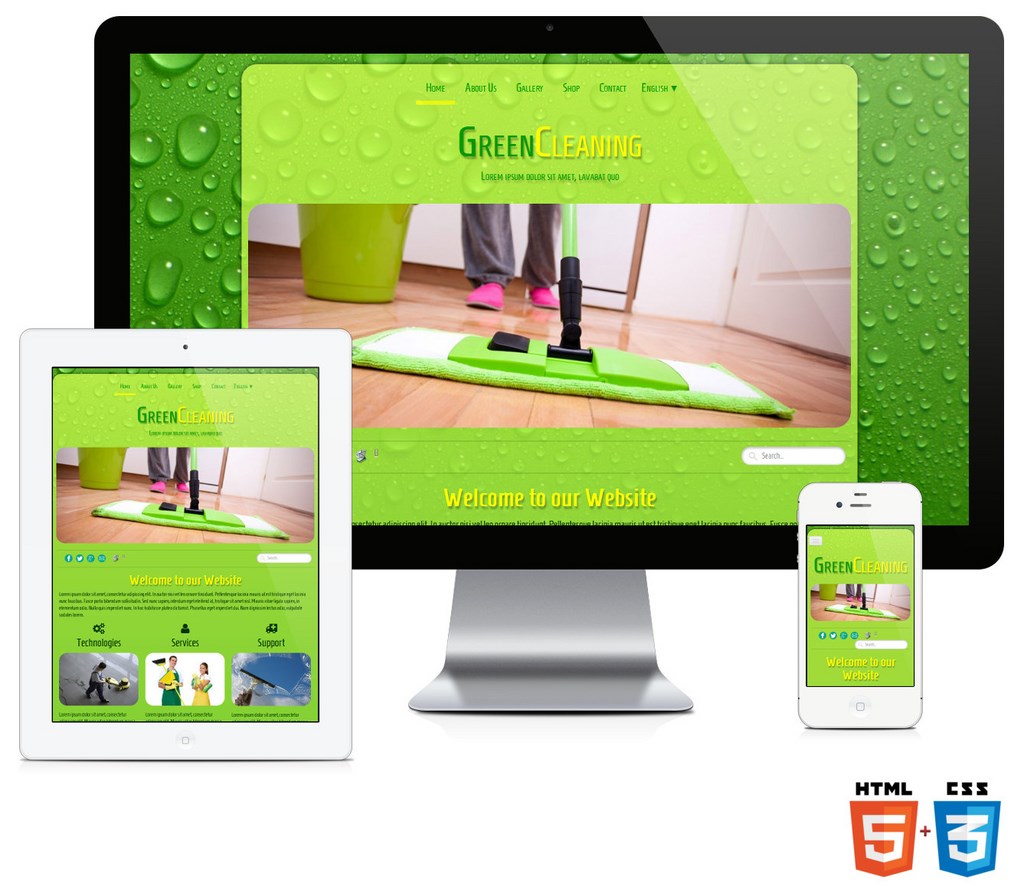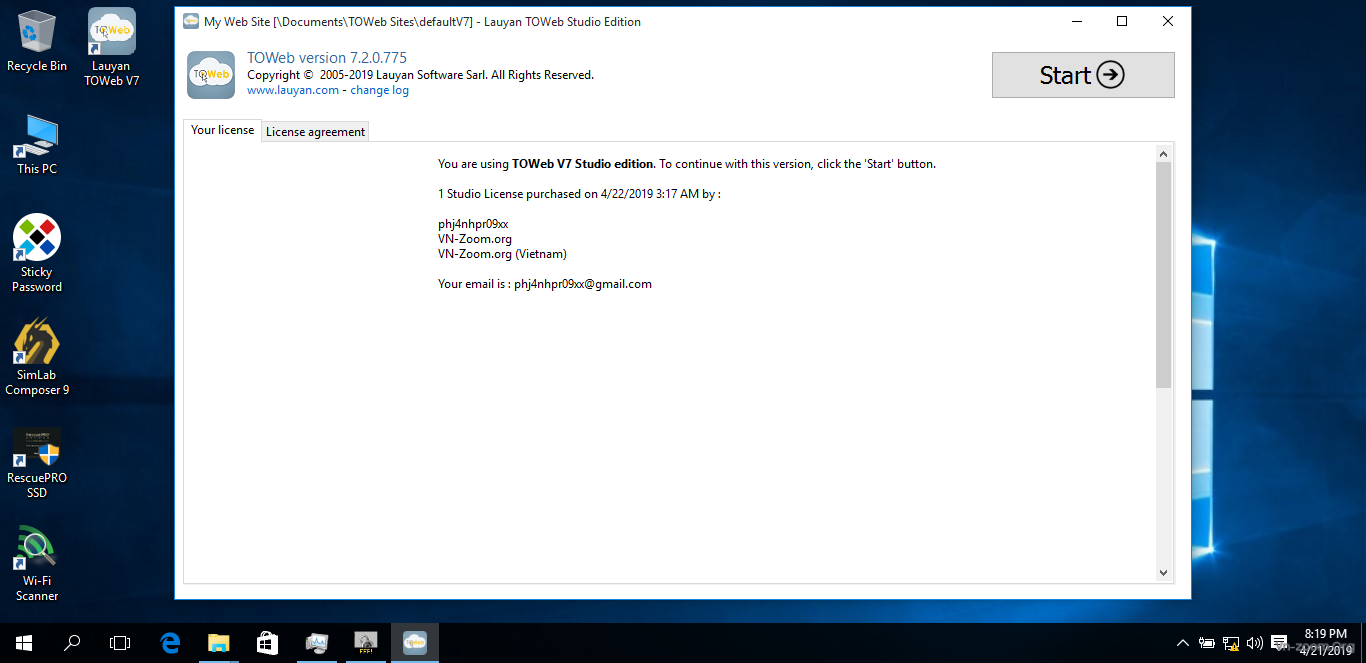


Although there are differences between health care areas on intervention characteristics, health care area per se does not predict adherence. In this model, a RCT study as opposed to an observational study, increased interaction with a counselor, more frequent intended usage, more frequent updates and more extensive employment of dialogue support significantly predicted better adherence.Ĭonclusions: Using intervention characteristics and persuasive technology elements, a substantial amount of variance in adherence can be explained. Our final regression model explained 55% of the variance in adherence. 010) and the number of primary task support elements (F = 5.631, p =. 001), frequency of interaction with a counselor (p <. When comparing the interventions of the different health care areas, we find significant differences in intended usage (p =. Dialogue support and social support are less commonly employed (mean 1.5 and 1.2 out of a possible 7.0, respectively). Regarding persuasive technology, we see that primary task support elements are most commonly employed (mean 2.9 out of a possible 7.0). The typical web-based intervention is meant to be used once a week, is modular in set-up, is updated once a week, lasts for 10 weeks, includes interaction with the system and a counselor and peers on the web, includes some persuasive technology elements, and about 50% of the participants adhere to the intervention. Results: We included 101 articles on 83 interventions. We performed a multiple regression analysis to investigate whether these variables could predict adherence. Per intervention, intervention characteristics, persuasive technology elements and adherence were coded. Methods: We conducted a systematic review of studies into web-based health interventions. Objective: This study aims to review the literature on web-based health interventions to investigate whether intervention characteristics and persuasive design affect adherence to a web-based intervention. We see it as a vital and inseparable aspect of web-based interventions to help explain and understand adherence. In this paper we examine technology from a holistic perspective. Indeed, technology is often seen as a black-box, a mere tool that has no effect or value and serves only as a vehicle to deliver intervention content. Technology as a means to communicate the content in web-based interventions has been neglected in research. “We are excited to see how Bing fans respond to this new local search experience powered by Yelp.Background: Although web-based interventions for promoting health and health-related behavior can be effective, poor adherence is a common issue that needs to be addressed. “Yelp has become the leading destination for local information and we’re thrilled that established brands like Bing recognize the value that Yelp communities bring to the local search experience,” said Yelp CEO and co-founder Jeremy Stoppelman in an official statement today. Google’s local search also features reviews from Yahoo Local, Citysearch, and a few other sources. Yelp reviews used to appear in Google Places search results however, since the search giant acquired restaurant review oldster Zagat, it’s been using Zagat’s reviews to power its local search offering. However, Yelp will bring far more data to the table it currently gathers many millions of reviews each month, and the rate of reviews per month is rising all the time.
#TOWEB REVIEW FULL#
In addition to snippets from full Yelp reviews, Bing Local will serve up photos and business attributes on all relevant Bing Local pages.īing Local already features some similar data from Citysearch, including ratings and review snippets, business hours, and photos. For now, this feature is available in the U.S. The new “Powered by Yelp” Bing search experience will start rolling out to users today, and the rollout should be complete within the next few weeks.


 0 kommentar(er)
0 kommentar(er)
